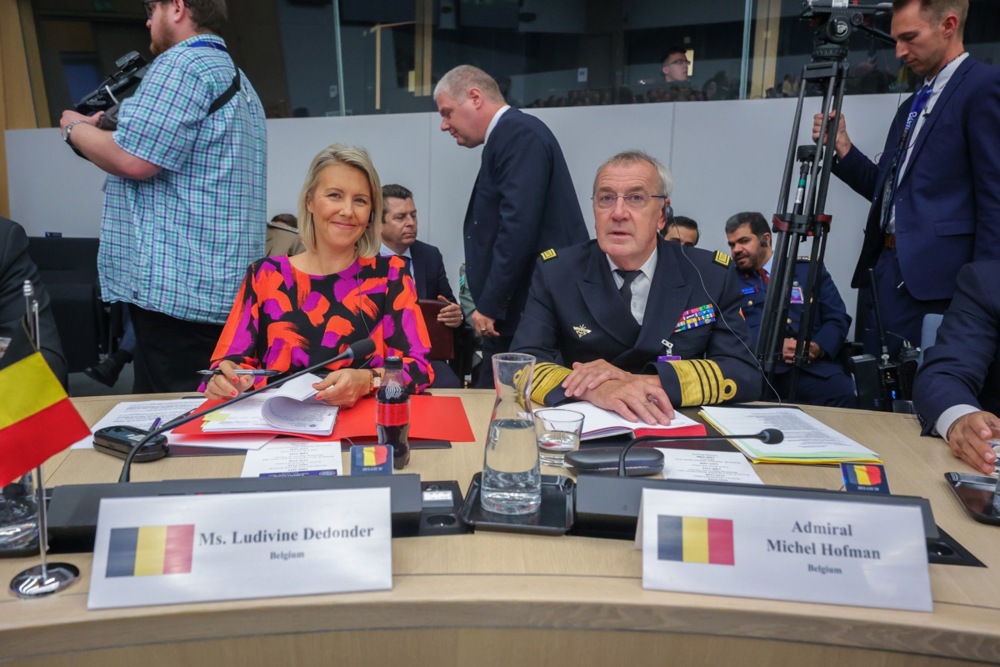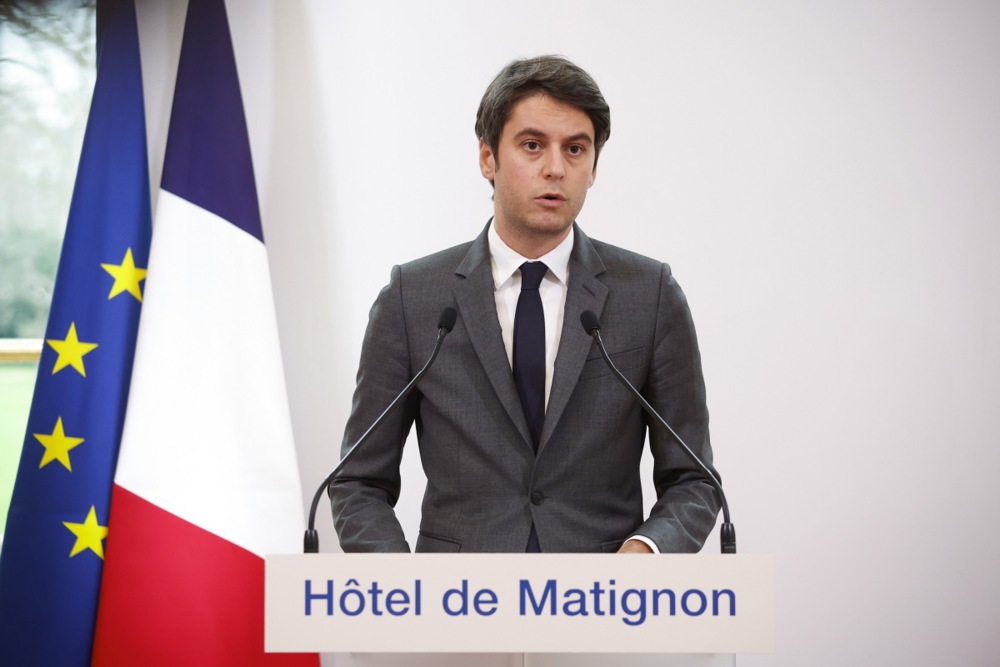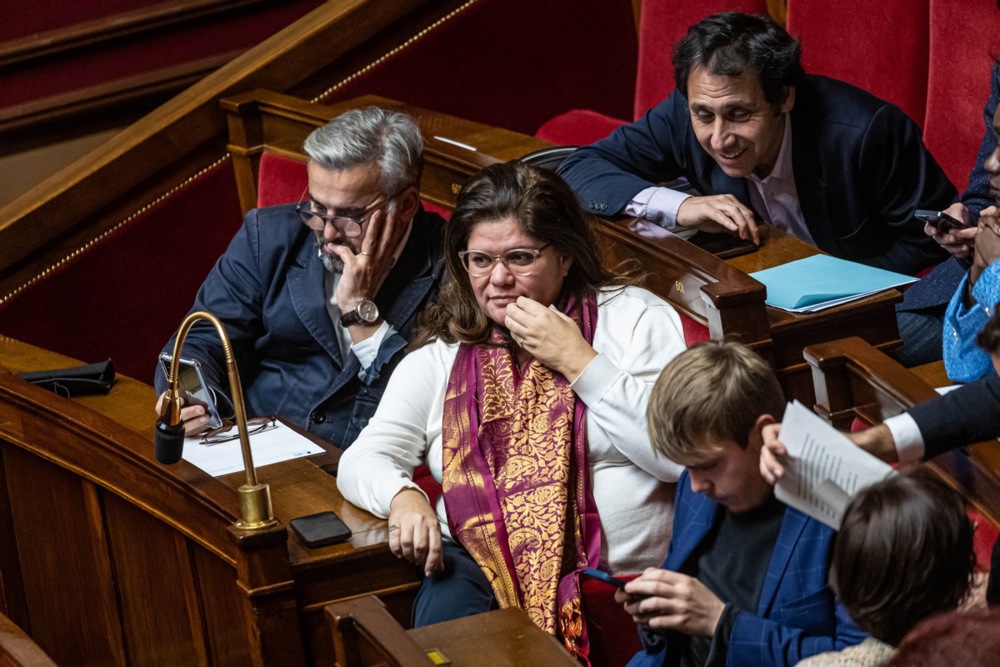A growing number of military experts are sounding the alarm on an apparent lack of preparedness for continent-wide war in Europe.
Harry Halem, Senior Fellow at the Yorktown Institute in Washington DC, told Brussels Signal there were some fundamental issues at the European Union level that needed to be addressed.
“The EU’s chronic difficulty, of course, is that it struggles to formulate a coherent defence concept, a natural result of its structural inefficiencies, divisions between Member States and NATO’s primacy in security terms.”
He said given the apparent shortfall in strategic preparations, there are two approaches to consider: force structure and strategy.
“On force structure, Poland is investing in an enormous armour build-up, but it isn’t clear exactly how far that’s going to go – that is, it isn’t clear how long Poland will sustain this military build-up with other budgetary pressures.
“There’s also a subsidiary question of interoperability, not with NATO generally but with other Eastern Flank States.
“Poland’s new South Korean tank fleet will need to integrate with the Romanian and Baltic fleets – and there’s a serious long-term issue of competition between the German heavyweights, which historically dominated arms manufacturing and created a licence-built industry around themselves, and the South Korean firms,” Halem said.
Regarding strategy, he noted: “It’s not clear whether these new capabilities are going to be regional – some kind of revamped Intermarium coalition – run through NATO, or through the EU.”
The Intermarium was an inter-war Polish idea for a political and economic union among Eastern European States from the Baltic Sea to the Black Sea. It was intended to counteract growing German and Russian “adventurism” in the region at the time.
French General Vincent Desportes, a retired army veteran and military theorist, said in an interview with Valeurs Actuelles on February 2 that less technological and expensive equipment was needed and that larger quantities of basic armaments were required.
“This dialectic between mass and high-technology had been decided in favour of technology because we needed a small army.
“Since it is necessary to have an army with much larger volumes, it will be necessary to effectively agree to a reduction in overall technology and to concentrate high technology on a few pieces of equipment,” he said.
“It will take a significant new doctrinal effort to conceptualise ways to use our equipment to give it the best operational performance,” Desportes added.
According to Halem: “Mass remains crucial on the battlefield but how it is expressed is shifting.
“More specifically, Ukraine confirms a much longer trend – that applying mass and gaining combat-power benefits from mass requires significant battlespace preparation.
“Battlespace preparation comes from a coherent deep-strike effort and counter-ISR – intelligence, surveillance and reconnaissance – effort that isolates the sector of a desired breakthrough and allows friendly forces to move faster than enemy ISR can target them,” he said.
The European Union wants to shore up munitions production and has pledged 1 million artillery rounds for Ukraine but, Halem pointed out: “It’s not particularly helpful to speak of ‘European production’, as much as the EU would clearly like a continent-wide rationalised system for ammunition manufacturing.
“Rather, the system is much more diffuse.
“Certain national manufacturers have made significant progress – namely Rheinmetall for 155mm shells and the Black Sea States for Soviet-specification production, the latter coming from a variety of leaks last year.
“When combined with other national defence industry expansions [Baltics, Czechia and Ukraine],” he said, that “can sustain the Ukrainian Armed Forces in the long term”.
“Of course, this is a different approach than the EU would like since it reduces Brussels’ power to control the market.
“But it’s an undeniably more efficient mechanism to accelerate production than a centralised EU bureaucracy,” Halem added.
He proposed a more diverse vision, less centralistic than what “usually comes out of Brussels”.
“If a coherent European-wide defence policy is going to work, then the national militaries need to start thinking seriously about capability differentiation,” he said.
“The Balts and Nordics already do this. The Baltic societal defence model matches well with the Finnish ‘total defence’ concept and both dovetail with higher-end Swedish and Norwegian capabilities.
“If a European defence infrastructure is the objective, how much sense does it make for Poland to field strike fighters, or Germany and France to field armoured divisions?
“There’s a case to be made that the Eastern Flank can be subsidised through a) societal conscription efforts and b) actual cash support, while Western Europe provides air-naval combat power,” Halem said.
‘Of course, this requires a much more coherent European defence concept, which per the above, is difficult to envision.”
The debate on how to prepare for what kind of war is ongoing in Europe.
Speaking to Valeurs actuelles, Desportes noted that the current size of the French army is designed for smaller, short-lived conflicts.
“And we can see that war is coming back in force and in a brutal way,” he said.
“France must, like other European countries, prepare for high-intensity wars in which larger volumes of force will be needed.”
According to him, European countries need armies strong enough both for fighting on a large scale and to deter adversaries.
“As we all know, ‘Si vis pacem, para bellum‘ – if you want peace, prepare for war.”
For this, Desportes said he felt European military budgets needed to emulate Cold War levels, from 2 per cent of GDP to 3 per cent.
Countries should also recruit more, build up a large operational reserves and a permanent taskforce that can perform a number of [military] functions on a permanent basis, he said.
Regarding the current state of military capability in Europe, he again reiterated the importance of size over substance: “We will not be able to have sufficient mass by continuing to have the highest technology permanently on each of the equipment and vehicles that arrive in the armies.
“This dialectic between mass and high technology had been decided in favour of technology because we needed a small army.
“Since it is necessary to have an army with much larger volumes, it will be necessary to effectively agree to a reduction in overall technology and to concentrate high technology on a few pieces of equipment,” Desportes said.
“It will take a significant new doctrinal effort to conceptualise ways to use our equipment to give it the best operational performance.”





